As we get into the summer months we still see the repercussions of the wet cold spring. Things are starting to take shape and we fired up our first irrigator of the year this past week. Compaction, uneven crops and unplanted fields are scattered throughout the countryside as I drive around. Quite different from what we experienced last year, I figure we are a good two to three weeks behind from last year and that is from the delay of getting into the fields. Growing degree units are only 15 percent behind last year’s pace. Remember it did not start getting really warm last year until the middle of June and that was about the time it also quit raining.
With the cold wet spring the things to watch this time of year are fertilizer management, weed control, disease pressure and pest migration.
Weeds should be under control, if they are not, get them under control. The biggest yield robber is weeds. Get the hoe out along with a cold beer or glass of wine and get to work. The gratification of looking at a clean field makes one proud, plus it takes away any home for pests.
Speaking of pests… here is what we are seeing for bug pressure. Leaf hoppers in the green beans – leaf hoppers will give you a deformed bean. Sometimes you will notice a crooked bean with a small brown mark, this is generally caused by a leaf hopper feeding on the bean just after blossom. Leaf hoppers are found by sweeping the field during the scouting process. A net is used and brushed over the tops of the beans and if we find more than 1 leaf hopper per sweep we need to look at spraying in the near future. Diamond back moths have been in the area for some time. This pest can wreak havoc on cole crops such as cabbage and nappa. Feeding damage is evident by many small holes in the leaves. The diamond back larvae is small and bright green. This is not to be confused with the cabbage looper which has just started migrating into the area. The cabbage looper is larger, more pale green worm that eats a lot. This worm can do massive damage to cole crops and it just keeps on eating. I have seen some big enough to feed a family of four. Corn ear worm flights have been minimal so far this year but will pick up if we have any major winds coming out of the direct south. They tend to get in the jet stream and migrate up north until she freezes up.
Now is the time to apply copper fungicides to alleviate and reduce blight, tomato blossom end rot, powdery mildew, downey mildew and other diseases. Applications should be made about every week, especially with the wet weather we have had this past spring.
Fertilizer management is critical this time of year when the plant is rapidly growing. We like to side dress this time of year and cultivate it in or water it on. We have already made our plans on the amounts, crop timing determines the amount of fertilizer that is put down on different crops. Timing is important in this phase of the game. Don’t screw it up now by being lazy.
We should be starting to harvest some things in a couple of weeks so good luck and talk to you in a month.

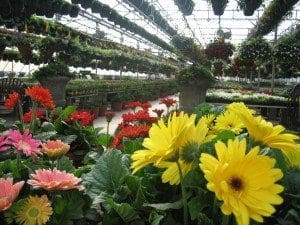

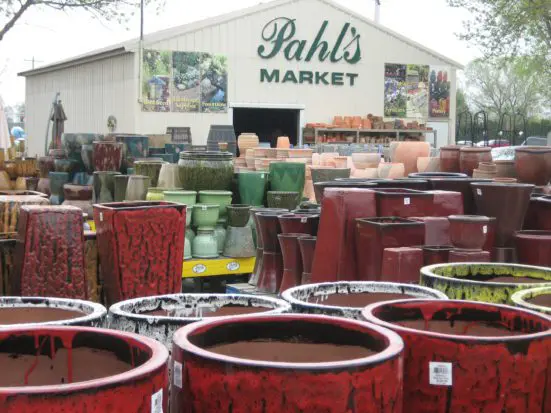
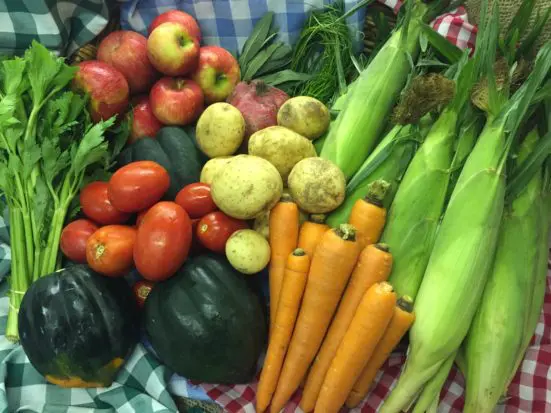

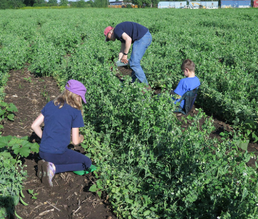
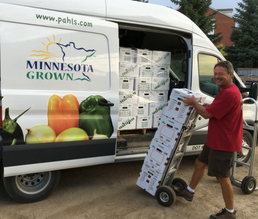
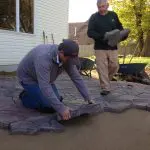



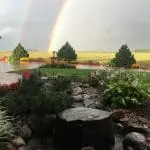
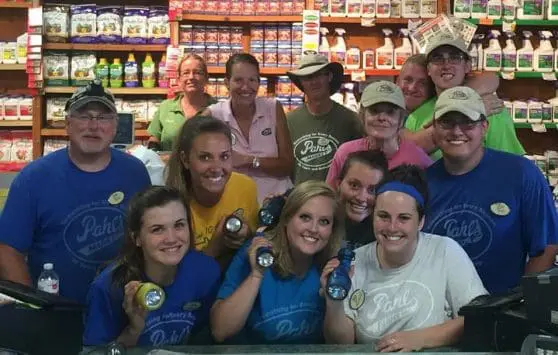
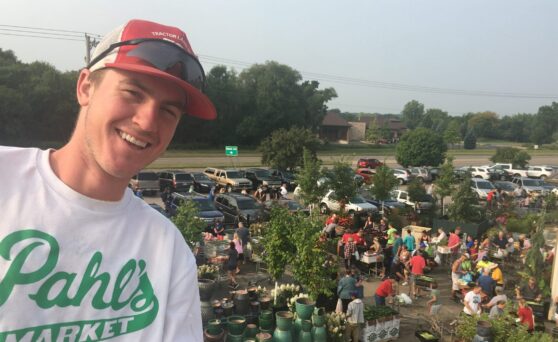




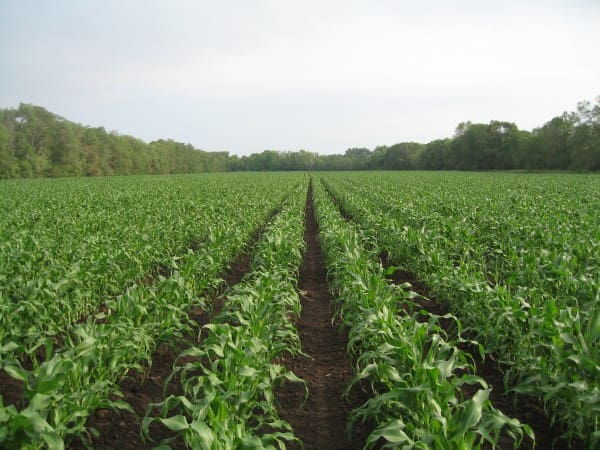
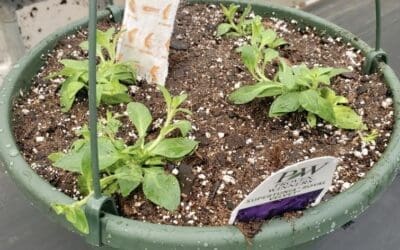


0 Comments